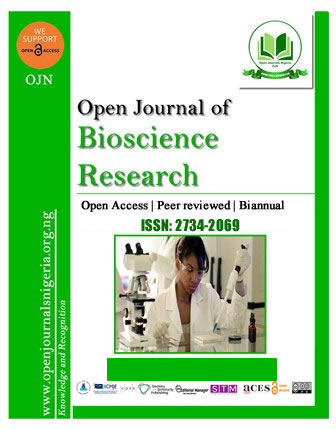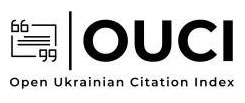ESTIMATIONS OF PHYTOCHEMICAL COMPOSITION AND NON- ENZYMATIC ANTIOXIDANT, AND ANTITUSSIVE, EXPECTORANT AND ANALGESIC PROPERTIES OF POLYHERBAL-FORMULATED TEA
DOI:
https://doi.org/10.52417/ojbr.v5i2.669Abstract
For centuries, people have utilized combined herbal teas to address a diverse range of human health conditions like cough, cold and catarrh, pneumonia, pain arthritis, cardiovascular problems. This study aims to enumerate phytochemical composition and non-enzymatic antioxidants while also assessing the antitussive, expectorant, and analgesic properties of a polyherbal-formulated tea (Zingiber officiale, Moringa olifera, Allium sativum, Curcuma longa, Citrus limon, and Syzygium aromaticum). Colimetric methods were used to evaluate the phytochemical composition and non-enzymatic antioxidants. The antitussive efficacy of the tea was tested using citric acid, and ammonium produced cough. Researchers investigated the expectorant activity by secreting phenol dye in mice. The analgesic effect of the tea was investigated utilizing a hot plate and an acetic acid-induced writhing animal model. The findings demonstrate that the polyherbal tea includes flavonoids (143.10±7.71mg/g), alkaloids (58.33±8.34mg/g), phenolic compounds (92.83±2.33mg/g), vitamin C (474.70±27.42mg/g), carotenoids (36.00±1.16mg/g), and lycopene (47.58±8.56mg/g).The tea reduced the number of cough bouts in mice (p<0.05) compared to the control in ammonium-induced cough in mice and citric acid-induced cough in guinea pigs. It also enhanced phenol red dye secretion (p<0.05) compared with the control in the expectorant trial. In analgesic experiments, the polyherbal tea increased the pain latency time compared to the control group (p<0.05) in hot plate-induced pain in mice. It alsodecreased number of writhing mice compared to controls (p<0.01) in acetic-induced pain in mice. In conclusion, our data demonstrate that the polyherbal tea has antitussive, expectorant, and analgesic properties. The antitussive, expectorant, and analgesic activity might be because of the phytochemicals and antioxidants present.
Published
How to Cite
Issue
Section
Copyright (c) 2024 Uwaya et al.

This work is licensed under a Creative Commons Attribution 4.0 International License.





















